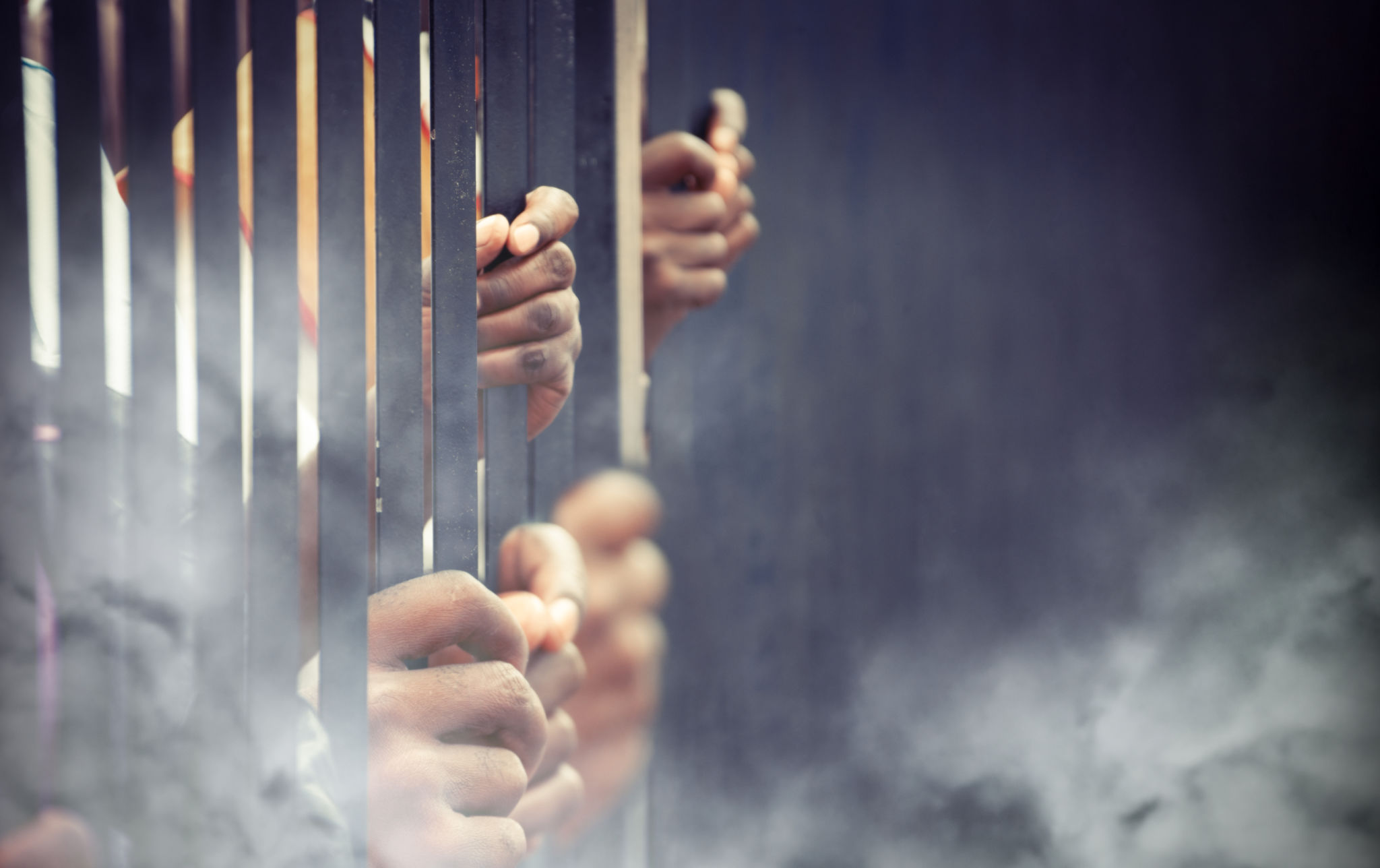Understanding Criminal Justice Reform: Key Challenges and Solutions
Introduction to Criminal Justice Reform
Criminal justice reform has become a significant topic of discussion in recent years, as communities and policymakers strive to create a more equitable system. The movement seeks to address systemic issues, reduce mass incarceration, and improve rehabilitation efforts. While the goal is clear, the path to achieving meaningful reform is complex and fraught with challenges.
Understanding the Current Challenges
The criminal justice system faces numerous challenges that require urgent attention. One of the most pressing issues is mass incarceration. The United States has one of the highest incarceration rates in the world, with many individuals serving long sentences for non-violent offenses. This has led to overcrowded prisons and strained resources.

Racial Disparities
Racial disparities within the criminal justice system are another major concern. People of color, particularly Black and Hispanic individuals, are disproportionately represented in prison populations. This inequity is often linked to systemic biases that affect arrest rates, sentencing, and parole decisions.
Economic Barriers
Economic inequality also plays a critical role in criminal justice reform. Individuals from lower socioeconomic backgrounds often lack access to quality legal representation, leading to harsher outcomes. The inability to pay bail can result in extended pre-trial detention, further exacerbating the cycle of poverty and incarceration.
Proposed Solutions for Reform
To address these challenges, a variety of solutions have been proposed. One major focus is the implementation of sentencing reform. This includes reducing mandatory minimum sentences for non-violent crimes and promoting alternatives to incarceration, such as probation and community service.

Restorative Justice Practices
Restorative justice practices offer another promising solution. These approaches emphasize healing and reconciliation between offenders and victims, rather than punitive measures. Restorative programs have shown success in reducing recidivism rates and promoting rehabilitation.
Investment in Community Programs
Investing in community programs that address root causes of crime, such as poverty, education, and mental health, is crucial. These initiatives can provide individuals with the support they need to avoid criminal behavior and lead productive lives.

The Role of Policy Changes
Policy changes at both the state and federal levels are essential for meaningful reform. Legislation that prioritizes rehabilitation over punishment and ensures equitable treatment across racial and economic lines can pave the way for a more just system. Advocacy and public awareness play a vital role in driving these legislative efforts.
Conclusion: A Collaborative Effort
In conclusion, understanding criminal justice reform involves recognizing the complex challenges and exploring comprehensive solutions. It requires a collaborative effort from lawmakers, communities, and stakeholders to create a system that is fair, just, and effective. By addressing these issues head-on, we can work towards a future where justice is truly served for all.